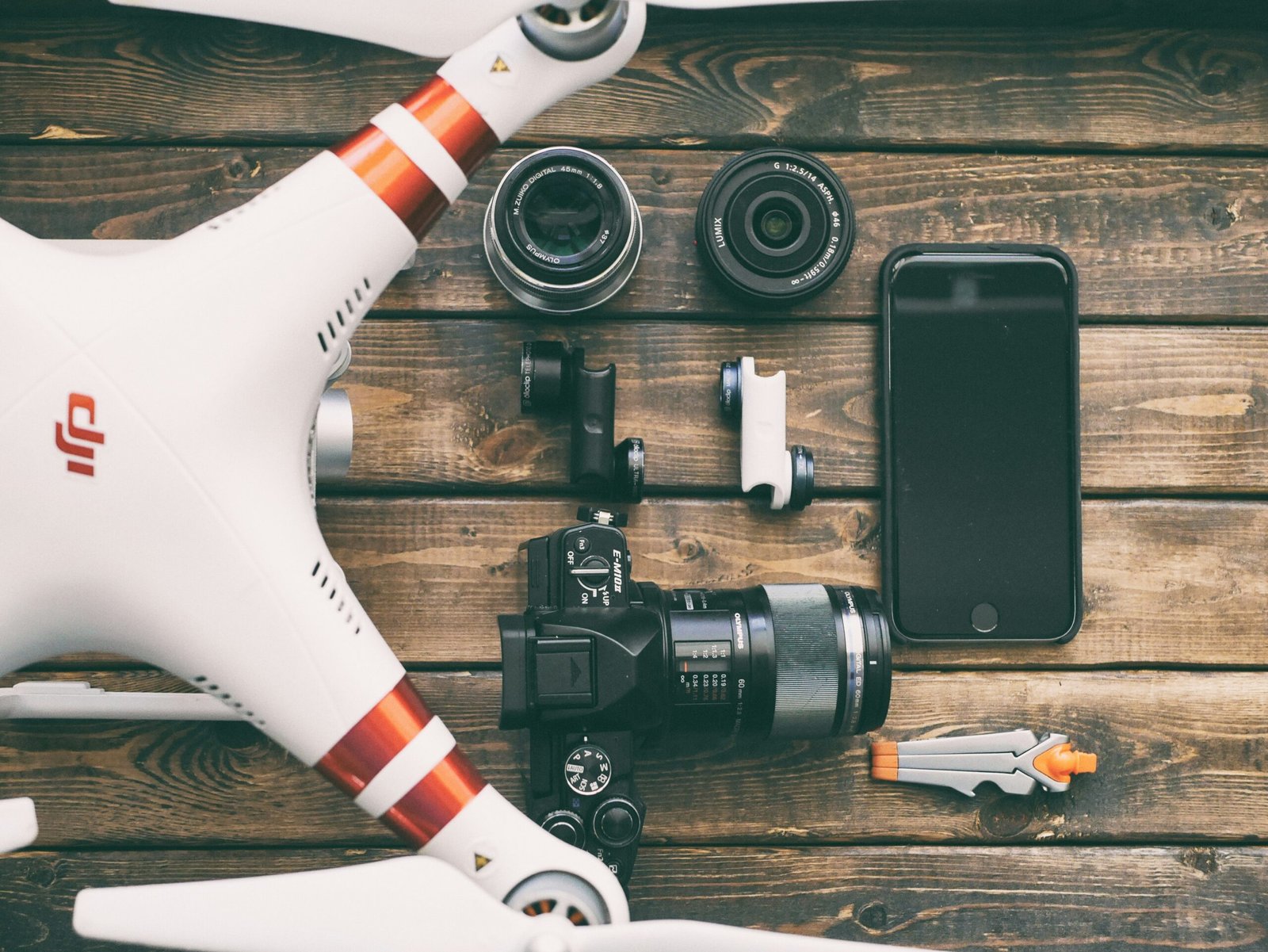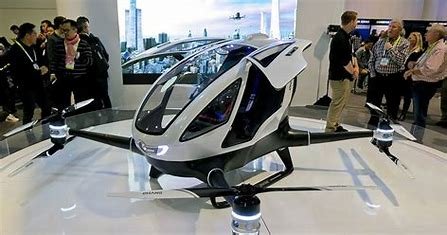The Rise of Drones: Transforming Industries and Everyday Life
Drones, also known as unmanned aerial vehicles (UAVs), have soared into prominence over the past decade, revolutionizing industries and captivating enthusiasts worldwide. From their humble beginnings as military tools to becoming indispensable in commercial and recreational spheres, drones have truly taken flight. This article delves into the myriad ways drones are reshaping industries and highlights their impact on society.

A Brief History of Drones
The concept of drones can be traced back to World War I, with the development of rudimentary pilotless aircraft. However, it wasn’t until the late 20th century that drones began to emerge as a significant technology in military operations. In recent years, advancements in battery life, sensors, and wireless technology have made drones more accessible and versatile, paving the way for their widespread adoption.
Applications of Drones Across Industries
Drones are no longer confined to military use; their applications span across various sectors, bringing efficiency, cost savings, and innovation.
1. Agriculture: Drones have transformed modern farming by enabling precision agriculture. Equipped with multispectral cameras and sensors, drones can monitor crop health, identify pest infestations, and even assist in planting seeds. By providing real-time data, they help farmers optimize resources and improve yields.
2. Delivery Services: Companies like Amazon and UPS are pioneering drone delivery systems to revolutionize last-mile logistics. Drones can deliver packages faster and more efficiently, particularly in remote or hard-to-reach areas. This innovation promises to reduce delivery times and carbon footprints.
3. Filmmaking and Photography: Drones have democratized aerial photography, allowing creators to capture breathtaking shots that were once only achievable through helicopters. From real estate to weddings, drones are redefining visual storytelling with stunning perspectives.
4. Construction and Infrastructure: In the construction industry, drones are used for site surveys, progress monitoring, and safety inspections. They provide high-resolution imagery and 3D mapping capabilities, enabling project managers to make informed decisions and reduce risks.
5. Disaster Management: During natural disasters, drones play a critical role in search-and-rescue missions, damage assessments, and delivering aid to affected areas. Their ability to navigate challenging terrains makes them invaluable in crisis situations.
6. Environmental Conservation: Drones are increasingly used for wildlife monitoring, forest management, and combating illegal activities like poaching and deforestation. By providing accurate data, they aid in protecting biodiversity and promoting sustainability.
The Recreational Appeal of Drones
Beyond their industrial applications, drones have become a popular recreational hobby. Enthusiasts enjoy flying drones for leisure, racing, and capturing personal adventures. With user-friendly models available at affordable prices, drone ownership has surged. However, recreational use also raises concerns about privacy and safety, prompting calls for stricter regulations.
Challenges and Ethical Considerations
Despite their benefits, the rise of drones presents several challenges:
- Privacy Concerns: Drones equipped with cameras can inadvertently invade personal privacy. Striking a balance between technological advancements and individual rights is crucial.
- Airspace Management: The increasing number of drones poses risks to aviation safety. Governments are implementing regulations to ensure safe integration into national airspaces.
- Security Risks: Drones can be exploited for malicious purposes, such as smuggling or unauthorized surveillance. Robust measures are needed to mitigate such threats.
- Environmental Impact: While drones reduce emissions in certain applications, their production and disposal could have environmental consequences if not managed responsibly.
Future Trends in Drone Technology
As technology evolves, the future of drones looks promising. Key trends include:
- AI Integration: Artificial intelligence will enhance drone capabilities, enabling autonomous navigation, object recognition, and real-time decision-making.
- Swarm Technology: Drone swarms, which operate collaboratively, are set to revolutionize areas like agriculture, defense, and disaster management.
- Extended Battery Life: Improvements in battery technology will allow drones to fly longer distances and perform more complex tasks.
- Urban Air Mobility: The advent of drone taxis and urban delivery systems could redefine transportation in cities, making it faster and more efficient.
Choosing the Right Drone
For those considering buying a drone, several factors come into play:
- Purpose: Define whether the drone is for recreational use, photography, or professional applications.
- Budget: Drones range from affordable entry-level models to high-end options with advanced features.
- Features: Look for key features such as camera quality, flight time, range, and ease of use.
- Regulations: Familiarize yourself with local laws and registration requirements to avoid legal issues.
Conclusion
Drones have transcended their origins to become a transformative force in countless industries and everyday life. Their ability to enhance efficiency, reduce costs, and provide unique perspectives is unmatched. However, responsible usage and thoughtful regulations are vital to harness their full potential while addressing ethical and safety concerns. As we look to the skies, one thing is certain: drones are here to stay, shaping a future where innovation takes flight.
Internal link:- ragdi







